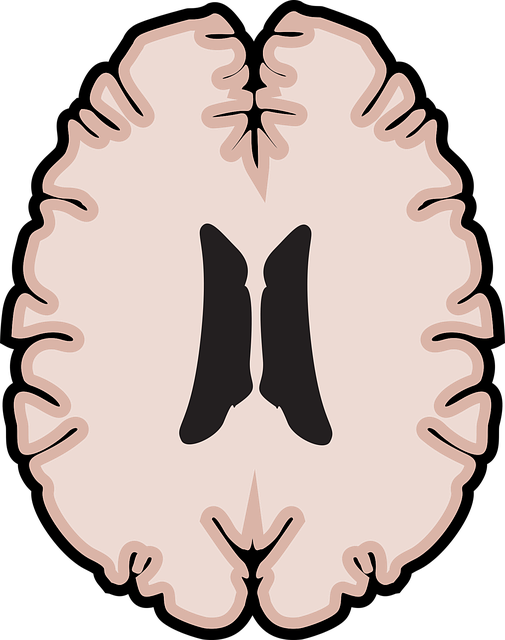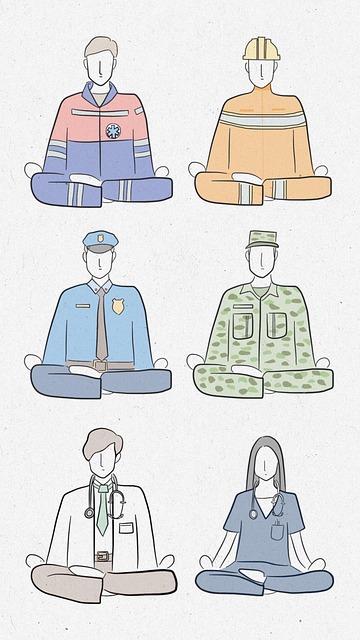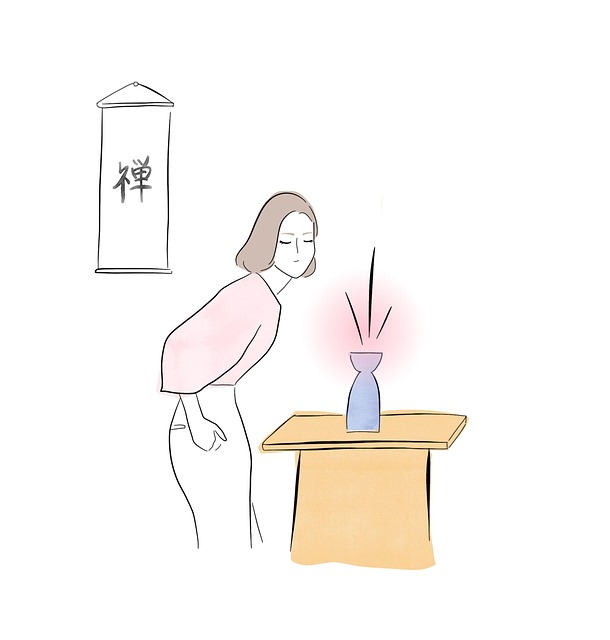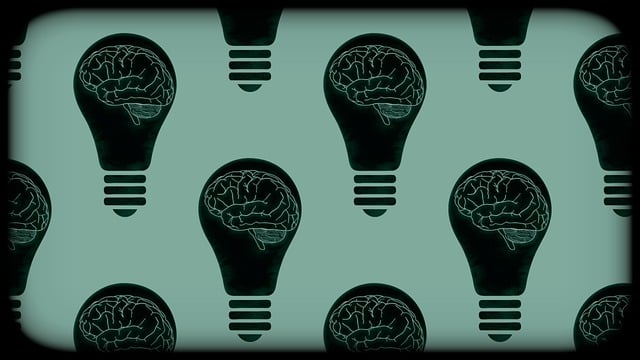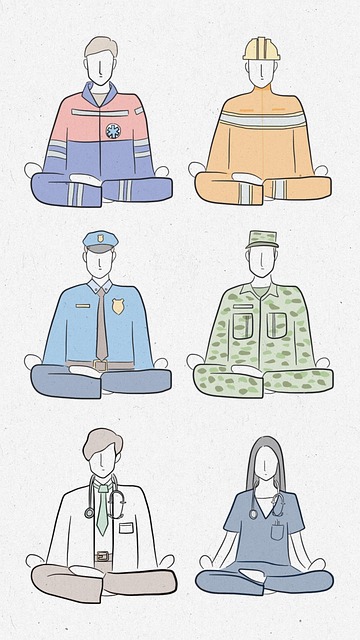Mental wellness groups tailored for young adults, incorporating hypnosis, offer an engaging alternative to traditional therapy. Through regular sessions led by trained professionals, participants engage in diverse techniques like compassion cultivation and journaling to build resilience. Hypnosis empowers them to manage stress, anxiety, and depression by challenging negative thought processes and replacing them with positive beliefs. Effective communication, safe spaces, and active listening create an environment where young adults can share experiences, fostering self-awareness and emotional intelligence development for improved mental wellness.
Mental wellness groups offer a powerful support system for young adults navigating personal challenges. This article delves into effective facilitation techniques, exploring diverse approaches to enhance therapy for this demographic. We discuss the unique benefits of hypnosis in group settings and its role in fostering trust. Additionally, we highlight communication strategies, safety protocols, and engagement tactics for facilitators aiming to create a vibrant, supportive environment. Discover how these methods revolutionize mental health care, especially when incorporating innovative tools like hypnosis.
- Understanding Mental Wellness Groups for Young Adults
- The Role of Hypnosis in Group Facilitation
- Effective Communication Strategies for Facilitators
- Creating a Safe and Supportive Environment
- Techniques to Enhance Engagement and Participation
Understanding Mental Wellness Groups for Young Adults

Mental wellness groups specifically designed for young adults offer a unique and supportive environment where individuals can connect with peers facing similar challenges. These groups provide an alternative to traditional therapy, fostering a sense of community and reducing feelings of isolation. Through regular sessions, participants engage in various techniques such as compassion cultivation practices, mental wellness journaling exercises, and resilience-building activities facilitated by trained professionals.
One effective approach within these groups is hypnosis, which can help young adults manage stress, anxiety, and even depression. Hypnotic guidance allows individuals to access their subconscious minds, where deep-rooted beliefs and emotional patterns reside. By utilizing this method, facilitators can assist clients in challenging negative thought processes and replacing them with more positive and resilient ones.
The Role of Hypnosis in Group Facilitation

Hypnosis is an effective tool that can be integrated into group facilitation techniques to enhance mental wellness among young adults. In a supportive group setting, facilitated hypnosis sessions can help individuals access their subconscious minds, allowing for profound self-realization and emotional intelligence development. This process facilitates a deeper understanding of personal challenges and triggers, enabling participants to identify and change limiting beliefs that may be hindering their mental wellness journey.
In the context of therapy for young adults, facilitated hypnosis offers a unique environment where individuals feel safe to explore their minds. It encourages active participation in addressing specific issues, fostering self-awareness and empowerment. This approach can be particularly beneficial for those who find traditional talk therapy less engaging or effective. Incorporating hypnosis into mental wellness podcast series production can also add a dynamic element, making content more accessible and appealing to a broader audience interested in alternative therapy approaches.
Effective Communication Strategies for Facilitators

Effective communication is a cornerstone for successful group facilitation, especially when focusing on mental wellness. Facilitators play a pivotal role in creating a safe and supportive environment where young adults can openly discuss their experiences and challenges. One powerful tool at their disposal is hypnosis, a therapeutic technique that has shown promise in promoting self-care practices among this demographic. By incorporating hypnotic language and guided imagery, facilitators can enhance participants’ self-awareness exercises, enabling them to explore and overcome internal barriers.
In addition to hypnosis, facilitators should adopt inclusive communication strategies tailored to diverse learning styles. This involves clear and concise explanations, active listening, and the use of relevant examples from real-life scenarios. Encouraging open dialogue through thoughtful questions allows for a deeper exploration of topics related to mental health education programs design. Facilitators can further foster engagement by acknowledging emotions, validating experiences, and offering constructive feedback, ensuring every member feels heard and respected in this supportive community.
Creating a Safe and Supportive Environment

Creating a safe and supportive environment is paramount when facilitating mental wellness groups for young adults. This involves establishing trust and fostering open communication from the outset. Techniques like active listening, non-judgmental attitudes, and encouraging emotional expression help participants feel heard and understood. By promoting an atmosphere of acceptance and empathy, facilitators enable individuals to share their experiences without fear of stigma or criticism, which is crucial for building a supportive community.
Incorporating therapeutic tools such as hypnosis can further enhance this process. Hypnosis techniques can aid in anxiety relief and promote relaxation, allowing participants to explore their thoughts and feelings in a more accessible state. It also facilitates effective communication strategies by encouraging self-reflection and personal growth. This dual approach—combining emotional intelligence with therapeutic interventions—can profoundly impact the overall well-being of young adults seeking therapy.
Techniques to Enhance Engagement and Participation

Engaging participants and fostering active involvement are vital components of successful group facilitation, especially when targeting young adults seeking therapy. One effective technique is incorporating hypnosis into sessions, which can induce a heightened state of awareness, making individuals more receptive to new ideas and experiences. This method allows facilitators to guide the group through calming visualizations, helping them relax and focus on their mental wellness journeys.
Additionally, promoting an empathetic environment is key. Facilitators should encourage open dialogue, actively listening to each member’s unique experiences and perspectives. Techniques like mindfulness meditation can be integrated into these discussions, providing a moment of calm amidst emotional sharing. By combining these strategies, facilitators create a safe space, enhancing participation and ultimately contributing to the group’s collective anxiety relief and personal growth.
Mental wellness groups for young adults, facilitated with techniques like hypnosis, offer a unique and powerful form of therapy. By fostering a safe space through effective communication strategies and enhancing engagement, facilitators can help participants navigate their mental health journeys effectively. Incorporating hypnosis not only improves group dynamics but also provides valuable tools for self-exploration and personal growth. These practices are essential in supporting young adults to thrive and overcome challenges related to mental wellness.


